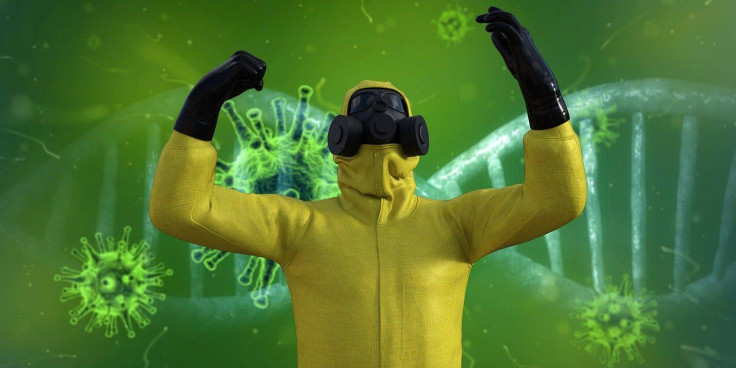Study Reveals Patients Can Still Transmit Coronavirus After Symptoms Disappear

KEY POINTS
- Coronavirus is spreading like wildfire in many countries around the world
- The deadly pathogen has infected a total of 724,565 people worldwide
- Will the virus remain in your system after the symptoms have disappeared?
Coronavirus infection maps have provided researchers some insights on the scale and gravity of the pandemic, which has overwhelmed the world. Johns Hopkins has come up with such a map, showing the United States seemingly defaced with huge red spots representing confirmed cases of COVID-19. While these images may be upsetting for your eyes, tracking cases of the pathogen as they develop help government authorities in making a decision on how to best distribute its resources.
The Seven-day Self-Isolation, Is It Enough?
One of the key messages announced by countries like the UK is if you start showing mild symptoms, there is a need for you to immediately self-isolate for seven days. This guideline has a scientific basis, one which suggests will recover within this timeframe and will no longer be viewed as a threat to others.
There is a new study, however, that says self-isolating for seven days may not be enough to lower the threat of spreading the pathogen. Researchers said they discovered that approximately 50% of the patients treated for mild coronavirus infection still had the virus for up to eight days even after their symptoms disappeared.
The findings of this new research were published in the American Thoracic Society’s American Journal of Respiratory and Critical Care Medicine. Their findings were based on the examination of sixteen COVID-19 patients who underwent treatment and subsequently released from the Treatment Center of PLA General Hospital in Beijing. The average age of the patients studied is 35.5 years.
An Eye-Opener
Researchers gathered and analyzed samples from patients’ throat swabs, which were taken on alternate days. These patients were discharged after they have recovered, and they were found to be negative after submitting to at least two successive polymerase chain reaction tests.
According to the study’s lead author, Dr. Sharma, the most dramatic finding of their research is that 50% of the patients kept shedding the pathogen after their symptoms have disappeared. According to the co-lead author, the shedding times of those who suffered more severe infections may even be longer. Dr. Sharma is the instructor of medicine, Section of Pulmonary, Critical Care & Sleep Medicine, Department of Medicine, Yale School of Medicine.
Dr. Sharma also said that the time of infection to manifestation of symptoms or incubation period is five days on all but one patient. The doctor also said that the duration of symptoms on the average was eight days, and the time patients remain contagious after symptoms disappeared is from one to eight days.
© Copyright IBTimes 2025. All rights reserved.





















